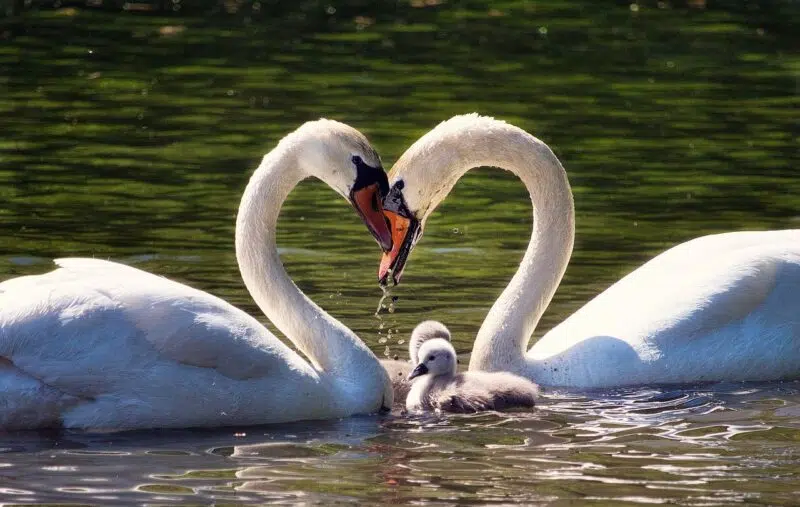Are you looking for the Top 17 Animals That Mate For Life?
Did you know the Animals That Mate for Life is called monogamous pairing? Although humans are primarily monogamous, various animals also mate for life, which benefits the young animals because their parents are around them and raise them during their early life stages.
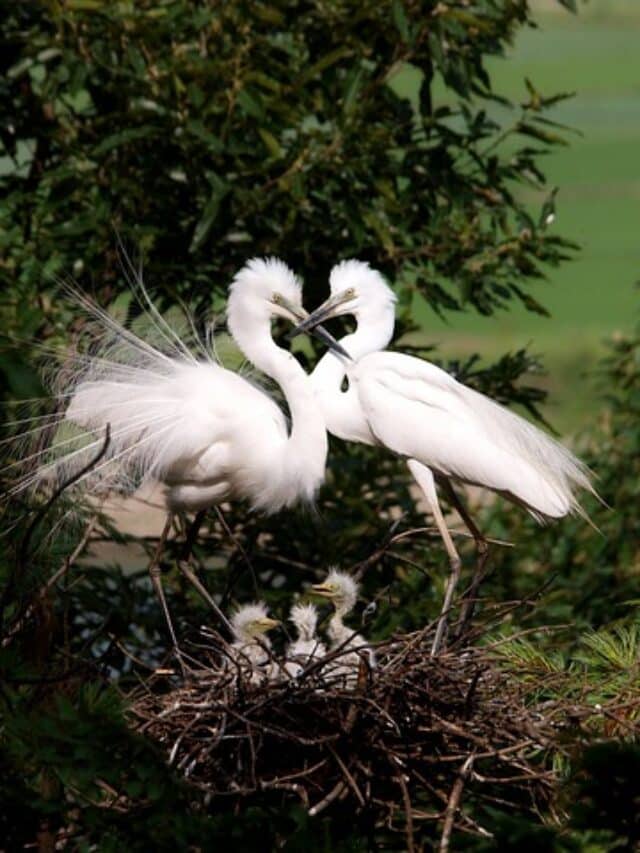
Humans, animals, different birds, reptiles, and other organisms also mate for a lifetime. Mating helps the organisms to pass genes to successive generations and increase their population. If an animal fails to find a mate for himself, he suffers from reproductive failure.
Below we have discussed 17 animals that mate for life with their unique characteristics. From coyotes and dik-diks to bush dogs, each one explained here shows sweetness with their specialty of monogamy.
If you want to know the world’s top monogamous animals, you will learn about them here in detail.
Bonding Between Animals That Mate For Life
The bond between those animals that mate for life is so strong that none of the partners mate with any other animals and mate with only one at a time. But it is remarkable to note that all animals are not monogamous. Mating for life is considered a key to the survival of animals.
Following are the 17 fascinating monogamous animals that prefer to stay together for a lifetime.
1. Coyotes – Always In Twos
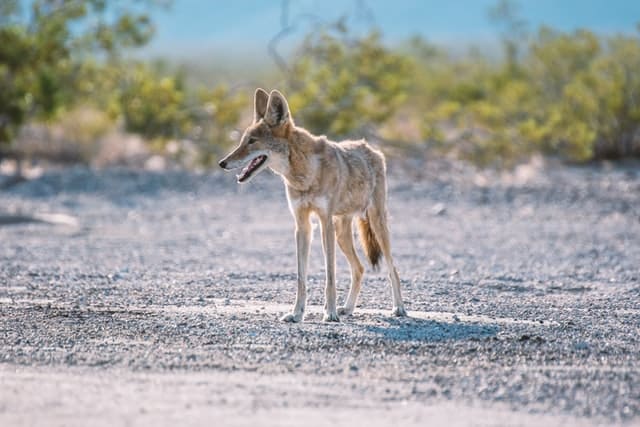
Coyotes are known for their loyalty, excellent senses, and fast speed. They mate for life and stick to each other. Their lifelong strong familial bond helps them to raise their pups with good care.
Other Names
Scientifically called Canis latrans, which means barking dogs, because of the sounds they produce.
Coyotes are known by cute names such as American jackal, cased wolf, brush wolf, little wolf, and prairie wolf.
Habitat
Cased wolves can use any region to survive but mainly inhabit open areas like deserts and prairie. They also live in North America. They are also famous as small relatives of wolves.
Mating Recognition
The method of their becoming mate for life starts when a female gets ready to become a partner with male coyotes, so she starts howling while marking a scent. When this happens, seven appellants follow her for at least a month.
At that time, she selects one among them and rejects the remaining. When the bond is formed, the little wolf pairs strictly become monogamous and spend the rest of their life with each other.
Breeding Season
A coyote’s breeding season typically occurs in late February and early march.
Protection Of Pups
When the pups are born, the male coyote takes good care of them and stays active for their protection. He guards them and grooms and feeds them along with the mama coyote.
2. Siamang – Committed Lovers
Scientific Name
Symphalangus syndactylus is the binomial name of Siamang.
Habitat
Siamang, an ape, prefers hills and lowland forests, including rainforest and monsoon forests on the westernmost Indonesia island, some parts of Thailand, and Malaysia.
Finding Mate
Symphalangus syndactylus takes time to choose life partners. When one of the partners dies, the other doesn’t find another mate for the rest of his life.
Mating Season
It is interesting to know that Siamang doesn’t breed seasonally.
Parental Role Of Siamang
The male and female Siamang play an essential role in their offspring’s lives. Females nurse their immature babies until they turn two years old.
While the male helps the female in parenting by defending the territory, protecting their young and playing with them, grooming them, and carrying the juvenile with them. It isn’t it fascinating that the older siblings also play a role in assisting their younger siblings?
Fact Check: A Siamang female mostly gives birth to only ten offspring.
3. Dik-Diks -Together Till Death
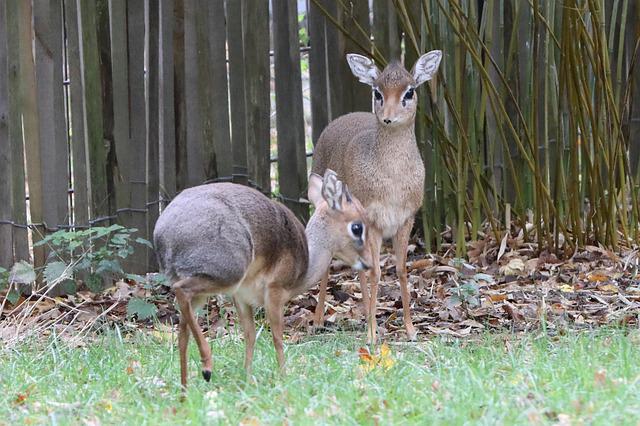
Zoological Name
Dik-dik is a common name for four different little antelope species associated with the Madoqua genus.
These four dik-diks species are;
- M. piacentini – Silver dik-dik
- M. kirkii – Kirk’s dik-dik
- Madaqua. saltiana – Salt’s dik-dik
- Madoqua guntheri – Günther’s dik-dik
Natural Habitat
Dik-dik stays happily in the land where plenty of edible food, such as shrubs and grasses, is available. In open areas where giraffes are commonly seen, dik-diks also appear in such regions. They are also seen in thick Forests.
They occur most frequently in the eastern African savannas and shrublands.
Stick To Each Other
As dik-diks are also monogamous, it is not worth mentioning that they also mate for life. Once they meet with their partner, they stay with them through thick and thin.
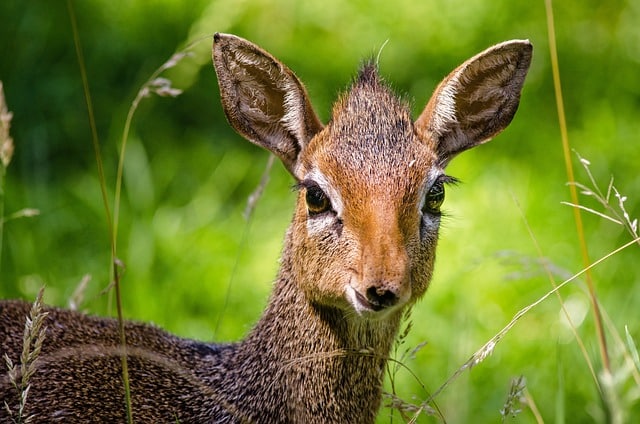
Breeding Season
Mating of dik-diks can occur twice in one year, as their prominent peaks in June, July, and November.
Benefits of Monogamy For dik-diks
These antelopes stay together and are hardly seen apart. This elusive and shy animal protects itself and their young from danger by having well-developed scent, hearing, and sight. So whenever dik-diks feel danger, they don’t flee; instead, they hide.
Fast Fact: Dik-diks travel in pairs, unlike other animals that travel in packs.
This monogamous pair bonding of dik-diks was confirmed by Karl R. Kranz, a zoologist, in 1991 when he studied four pairs of dik-diks.
4. Gray Wolves – Show Loyalty Throughout The Life

Monogamy is not seen in most wolf species, but gray wolves are known for their affection toward their mate for life.
Other Names
Gray wolves are likely called timber wolves. Scientifically they are called Canis lupus.
Habitat
Usually, they occur in the wilderness and primarily occur in remote regions. They live in shrublands, forests, grasslands, mountain peaks, pastures, wetlands, and deserts.
They are seen across Eurasia and North America.
Finding Partner
Gray Wolf spots their partner by scenting their privates to know whether they are set to mate. Once they choose each other, they mate for life.
Mating Season
These unique monogamous timber wolves breed from January to April. Only that pair leading the pack is allowed to mate during this period. It is crucial because it keeps the hierarchy in order. A pack is a group of wolves with parents and young pups.
Protection Of Pups
The gray wolves bring food for their young ones and protect them in a den from predators.
When the offspring is too small, the male gray wolf, along with other members of the pack members brings food for the pups and the female partner so that she would not need to leave the den to find the food. They play together as well.
As the wolves grow for about eight weeks, the pack leaves the hole and goes to the open area where they eat, sleep, play, and hang out.
Fact: Gray wolves are Canidae’s most prominent wild members, a dog family.
5. Gibbons -Best Representatives Of True Love
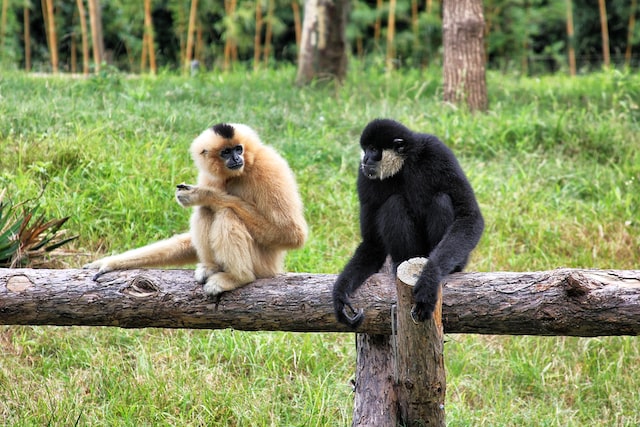
Alternative Names
The binomial name of gibbons is Hylobatidae. They are apes called gorillas, chimpanzees, monkeys, and primates.
Habitat
Hylobatidae spends the bulk of their time in the trees of rainforests of southern Asia.
Mating Recognition

There is significantly less information and findings on gibbon mating. It is seen that males start mating more frequently than females.
However, the Gibbons females call the male for mating through non-behavioral cues.There Serial monogamy occurs in them.
Breeding Season
They breed throughout the year.
Role Of Gibbons In Their baby’s Growth
Female gibbons take care of their young for at least two years. Relatively older siblings also look after their younger siblings. The male helps in assisting and grooming the little gibbons.
6. Gray Foxes – Endlessly Together
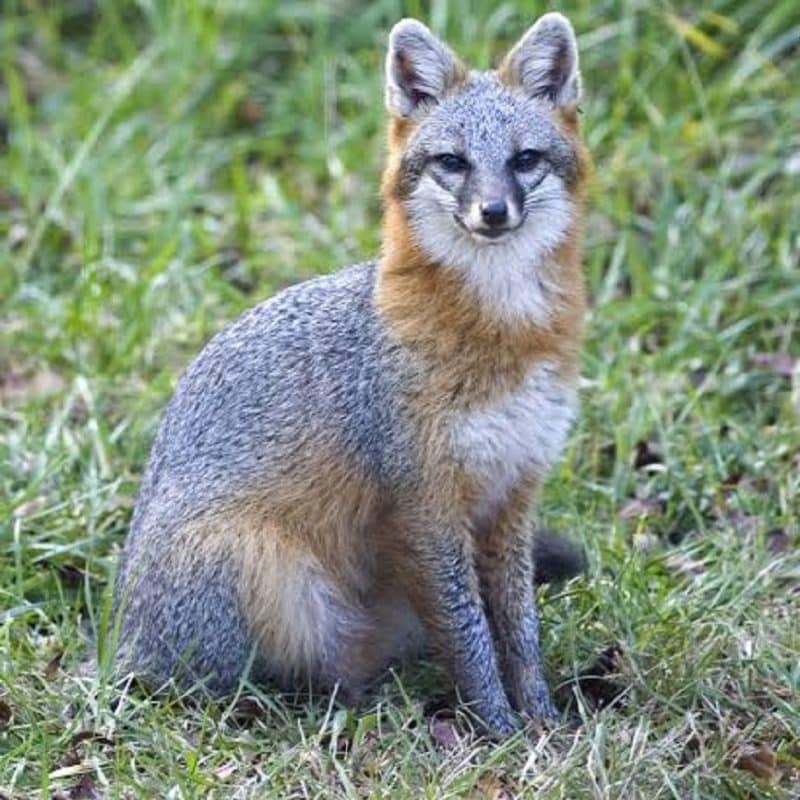
Other Names
Tree Fox, Common Gray Fox, and Maned Fox are unique names for gray foxes. And their binomial name is Urocyon cinereoargenteus.
Habitat
Their preferred location for living is river banks, where softwood, dense hardwood, and mixed hardwood forests occur.
Finding Mate
Tree foxes are secretive and, when mature, start finding mates in the fall.
Breeding Season
The breeding duration of gray foxes starts in January and ends in march.
Spent Time With Kits
When the kits are born, the gray fox couple socialize with each other and their kits. They use the den for raising their offspring.
7. Titi Monkeys – Loyal Mates
Other Names
Titi monkeys are Renowned as Callicebus scientifically.
Habitat
They are found in the swamps and forests along lake shores and rivers in the lower tree canopy and the amazon river basin.
Mating Relationship
Titi monkeys spend their day and night with and groom each other. Thus they maintain strong relationships.
Breeding Season
Breeding occurs between November and march.
Role As Parents
Like other monogamous animals, titi monkeys display biparental care for young babies.
8. Prairie Voles – Lifetime Affection
Other Names
Prairie Voles is a small vole with Microtus ochrogaster as a scientific identity.
Habitat
Prairie Voles prefer to stay in the dry fields covered by weeds and grasses.
Bonding
Prairie Voles bonds last longer. The male courts the female, and she accepts him; consequently, they mate.
Breeding Season
Breeding of Microtus ochrogaster occurs throughout the year, but they don’t breed in severe conditions such as extreme summer and winter.
Parental Role
Microtus ochrogaster always stays with their infants for their protection and can retrieve them and accelerate their development.
9. Golden Jackal- Protective Partners
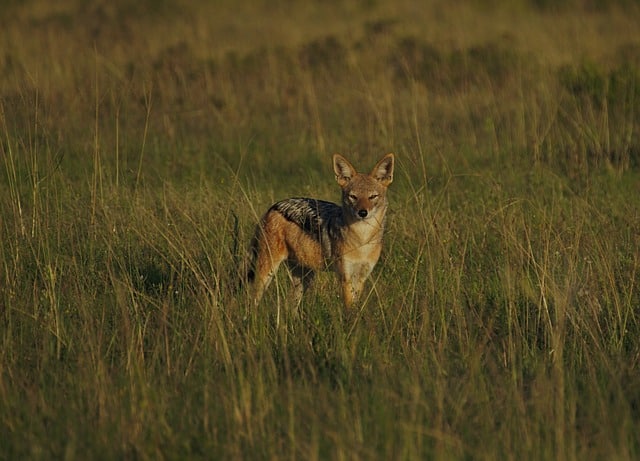
Other Names
Golden jackals are famous by specific names such as the “Asiatic jackal,” common jackal, and the “Eurasian golden jackal.”
Habitat
Asiatic jackals good places are deserts, savannas, arid grasslands, mountains, marshes, and bushlands.
Mating Recognition
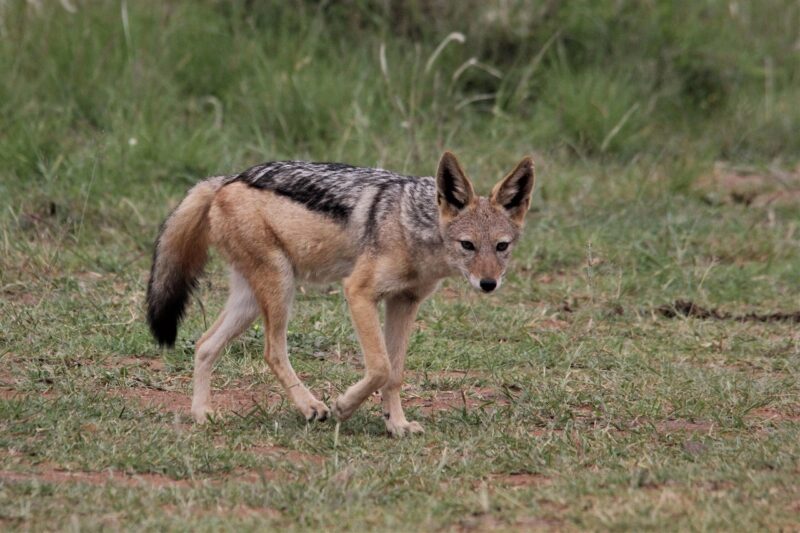
Once they form mates for life, They show that their bond is so strong that they use different howls to locate one another and groan together to show the bond between them.
Breeding Season
Another great one from Animals That Mate For Life. The breeding season differs from region to region. The male golden jackal protects its partner from rivals. Breeding of Eurasian jackals occurs all year round in India and in October in east Africa.
Monogamous Role Of Golden Jackal
When the female jackal gives birth to the infants in the hole, partners guard the young. The monogamous relationship helps them groom their juveniles, spend more time on their protection, and provide them food.
10. Fat-Tailed Dwarf Lemur – Socially Monogamous
Other Names
Lesser dwarf lemurs and western fat-tailed dwarf lemurs are a few other names you can call the fat-tailed dwarf lemur.Their binomial name is Cheirogaleus medius.
Habitat
Lesser dwarf lemurs show affection for thorn scrub, moist evergreen forests, and dry deciduous forests.
Mating Recognition
This monogamous animal shows loyalty to the partner, but when one dies, the other finds a mate for himself.
Breeding Season
When the fat-tailed dwarf lemur comes out of hibernation at the end of November, they start mating.
Protection Of Litters
They form a small family consisting of a western fat-tailed dwarf lemur pairs and one or two offspring. They stay together to keep their infant protected from predators.
If they find out about failure in reproduction, they sometimes cheat on their partners.
11. Marmosets – Together For Long Term
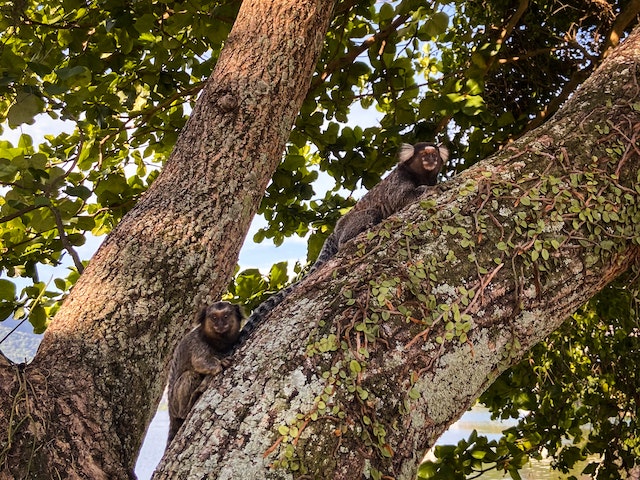
Other Names
Marmoset is commonly called sagoin or Paris and is scientifically called Callithrix jacchus.
Habitat
They inhabit different forests, such as riverine forests in dry thorn scrub habitats, extreme northern Atlantic coastal forests, semi-deciduous inland forests, and many others.
Socially Monogamous
Like many other animals, they also find a mate for themselves, and once they mate with a partner, they mate for life and don’t look for others. They are socially monogamous and show affection and care for each other.
Breeding Season
This monogamous animal breeds continuously, but the peak of breeding occurs from September to November and April to June.
Protection Of Young Marmoset
Father Marmoset is one of the most dedicated dads among many animals. They care for their young, take the task of grooming them, and carry them on their backs. The male marmoset lets the female recover from labor and does everything to protect and raise the infants.
Male marmoset never leaves the family and sometimes cares for the babies of other partners to show care for the whole society. This a great one from the list of Top 17 Animals That Mate For Life.
12. Narrow-Striped Mongoose – May Be Loyal
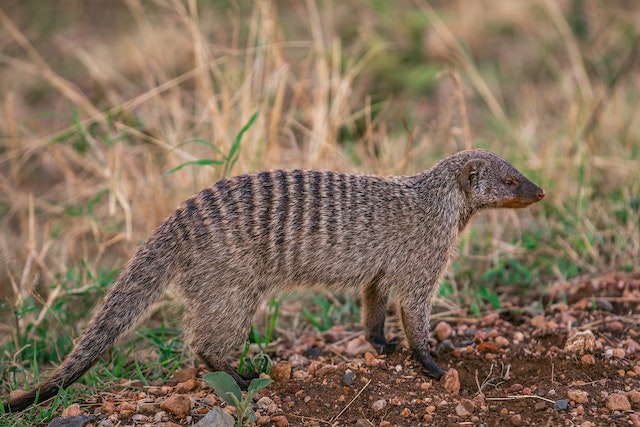
Other Names
Scientifically narrow-striped mongoose is called Mungotictis decemlineata and is commonly called narrow-striped vontsira.
Habitat
They inhabit the Madagascar dry deciduous forests in southwestern and western Madagascar.
Monogamous Relation
These species together are considered monogamous because they stay together for the most part of their lives.
Breeding Season
Their breeding time is not limited to specific months because they breed annually; however, it may peak from December to April.
Rearing the Youngs
They have different rearing systems in which they live in matriarchal family groups.
13. Red Foxes – Stuck Together
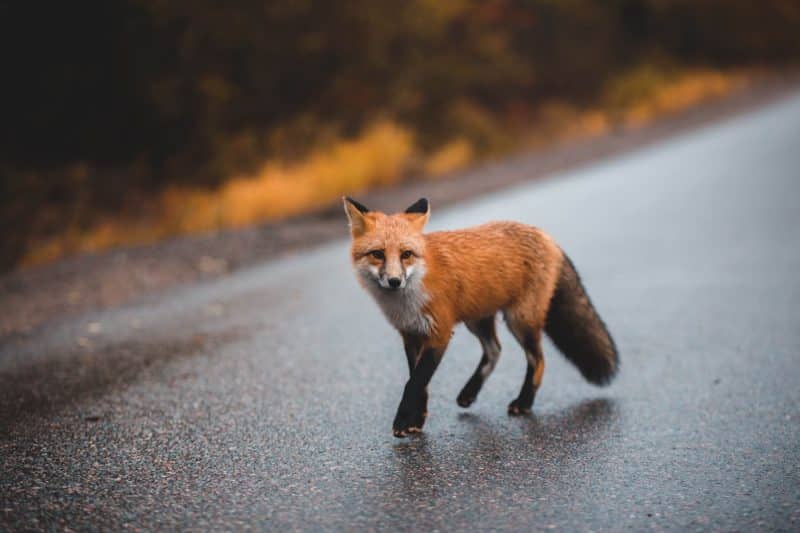
Other Names
The red fox is also called the common fox and is renowned by the binomial name of Vulpes vulpes.
Habitat
They like to make a home near tilled fields, edges of forests, and marshes.
Finding Mate
Red foxes use different communicative cues in spring to find a mate. They also use communicative scent marking for this purpose.
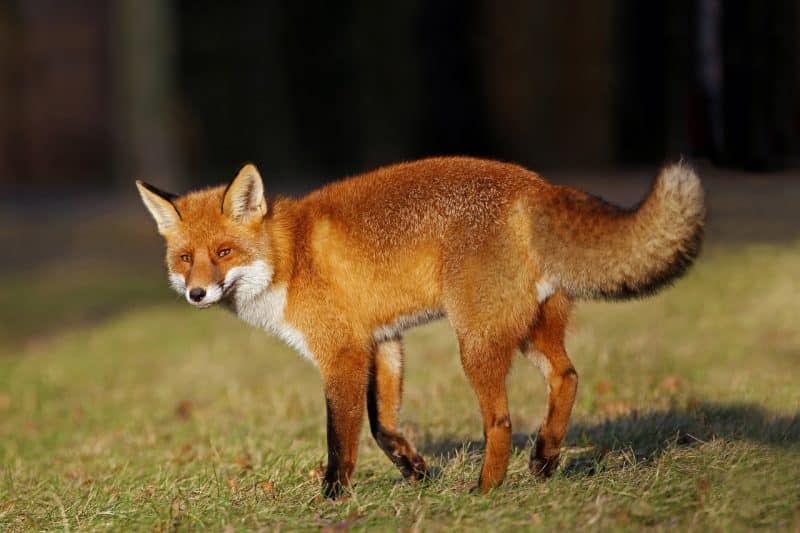
Breeding Season
Their mating season begins in January and terminates in march.
Protection Of Pups
Both partners share the pups’ care task. If the new infant has older siblings, they also protect their younger siblings and bring food for them.
14. Japanese Serow – Maybe Faithful, Maybe Not.
Other Names
The zoological name of the Japanese serow is Capricornis Crispus.
Japanese serow is commonly known as kamoshika or karashishi in japan.
It was given specific names in history, such as cow domain, mountain sheep, wool deer, and nine tail cow, because of its appearance.
Habitat
This monogamous animal prefers temperate deciduous forest and inhabits open woodlands and grassland.
Mating
Different findings show that when Japanese serows become pairs, the male protects and defends the female. And mate during their breeding season.
Breeding Period
They breed once a year, between September to November, and become mates for life with each other.
Raising the Young
Japanese serow raises their young and keeps them guarded until they become adults.
15. Tibetan fox – Forevermore
Other Names:
Wamo, we, Tibetans, or sand foxes are the alternative names given to Tibetan foxes. Among scientists, they are known as Vulpes ferrilata.
Habitat:
They can be found in the treeless slopes of Nepal, and great altitude grassland plains of the Tibetan Plateau, India, and China.
Monogamous Relation:
As the sand foxes form a mate-for-life relationship, they appear together, rest, hunt, and travel together.
Breeding Season:
The square-like face Tibetan fox is a monogamous animal that mates in February and March to increase its population.
Protection Of Pups:
The Tibetan fox infants are called kit, cubs, or pups. The pair dig the hole for their infants to guard them against the risks. The young sand fox stays with its parents for 8 to 10 months.
16. Bush Dog – Breed Year round
Other Names
Bush dogs are famous as vinegar dogs or savannah dogs. Scientifically they are called Speothos venaticus.
Habitat
Bush dogs like to live near water bodies. They usually inhabit the wet savannas and forests in different regions.
Mating
The bush dogs form unbreakable bonds with their partners because they are monogamous and occur in extended groups.
Breeding Season
Although the dogs breed only once a year, it is incredible that savannah dogs can produce in all 12 months.
Role Of Bush Dogs As Parents
When the bush dog infants are born, parents stay with them in underground caves for a few weeks. The savannah dogs’ parents protect, clean, and help move them.
17. Greater Galago – Apparently, Together
Other Names
Some familiar names of greater galago are greater bushbaby, thick-tailed bushbaby, large-eared greater galago, Garnett’s greater galago, and thick-tailed greater galago.
Natural Dwelling
Another monogamous animal, the Greater galago, is found in the equatorial and subtropical trees. Where they prefer coastal forests and riverine, they sometimes appear in the woodland savannah.
Monogamous Relation
Although they are monogamous animals but sometimes they become polygamous. It depends on their population. However, they are considered monogamous animals living together and caring for their infant.
Breeding Season
Their mating depends on their locality. Usually, it occurs once, from June to November.
Protection Of Offspring
The male greater galago unintentionally protects and defends its babies while the female greater galago feeds them.
Wrap-Up on Animals That Mate For Life

This article outlines the Animals that Mate for Life and make a strong bond between them.
Many monogamous animals stay together till death.
Those animals that mate for life are considered better because they not only play a key role in defending and protecting their young individuals but also care for them by cleaning them, playing with them, and finding food.
Although the concept of one mate for life is reducing in the world, these animals are the best examples of showing affection and care for each other and their infants.
If you enjoyed this blog you might enjoy our others! Check them out below. Top 10 Cutest Animals in 2022
A Guide to the 9 Best Animals for Kids
Thank you for reading Top 17 Animals That Mate For Life.
- Watch: Komodo Dragon Swallows Baby Goat In Seconds - March 28, 2024
- Top 10 Deadliest Snakes in The World - March 20, 2024
- Watch: 5-Year-Old Boy Rescuing Abandoned Puppies - March 13, 2024

